
Tour in Scotland
现货!非代购!非“海外库房”发货!1776年《苏格兰游记》两卷本
¥ 6977 八五品
仅1件
浙江杭州
认证卖家担保交易快速发货售后保障
作者Thomas Pennant
出版社B. White
出版时间1776
版次4
装帧精装
尺寸24 × 19 cm
上书时间2024-02-11
- 在售商品 暂无
- 平均发货时间 1小时
- 好评率 暂无
- 店主推荐
- 最新上架
商品详情
- 品相描述:八五品
- 私人藏书,19x24cm。全皮装订,树纹牛皮,非常漂亮。该书为后来装订,过去的插图折页,被装订者切去多余部分后,成为一页,这样会降低因为折页而导致的断裂。本书对18世纪文豪约翰逊博士以及其传记作家鲍斯维尔影响巨大,后者也同样随后游览了苏格兰,并写下不朽之作。
- 商品描述
-
著名的作品《塞尔彭自然史》就是由作者怀特与沛南特书信往来组成的。大约在1767年,怀特开始与Thomas Pennant通信往来,这位Thomas Pennant是威尔士博物学家、《不列颠动物学志》的作者。怀特写信主要是咨询有关鸟类和动物的生活习性,这些信件起初并无任何发表的意图,纯粹是私人交流,然而随后友人建议这么有价值的素材不应束之高阁,而应公开发表,怀特听从了这个意见,又人工假造并补充了九封信,放在书信集的最前头,权当序言的功能,细心的读者可以从风格和语气上分辨出两部分之间的差别。这些书信集结集出版成为现在的《塞尔彭自然史》
Thomas Pennant (14 June OS 1726 – 16 December 1798) was a Welsh naturalist, traveller, writer and antiquarian. He was born and lived his whole life at his family estate, Downing Hall near Whitford, Flintshire in Wales.
As a naturalist he had a great curiosity, observing the geography, geology, plants, animals, birds, reptiles, amphibians and fish around him and recording what he saw and heard about. He wrote acclaimed books including British Zoology, the History of Quadrupeds, Arctic Zoology and Indian Zoology although he never travelled further afield than continental Europe. He knew and maintained correspondence with many of the scientific figures of his day. His books influenced the writings of Samuel Johnson. As an antiquarian, he amassed a considerable collection of art and other works, largely selected for their scientific interest. Many of these works are now housed at the National Library of Wales.
As a traveller he visited Scotland and many other parts of Britain and wrote about them. Many of his travels took him to places that were little known to the British public and the travelogues he produced, accompanied by painted and engraved colour plates, were much appreciated. Each tour started at his home and related in detail the route, the scenery, the habits and activities of the people he met, their customs and superstitions and the wildlife he saw or heard about. He travelled on horseback accompanied by his servant, Moses Griffiths, who sketched the things they encountered, later to work these up into illustrations for the books. He was an amiable man with a large circle of friends and was still busily following his interests into his sixties. He enjoyed good health throughout his life and died at Downing at the age of seventy two.Pennant's two Scottish tours were praised by critics, as were his natural history books.[29] The Critical Review called the Tour in Scotland 1769 "the best itinerary which has hitherto been written on that country".[30] Pennant's two Scottish tours made him the best known writer on Scotland, and stimulated the great literary figure of the age, Dr Johnson, to travel in Scotland and especially to the Hebrides, resulting in notable works by both Johnson (A Journey to the Western Islands of Scotland, 1775) and his friend and biographer James Boswell (The Journal of a Tour to the Hebrides, 1786),[29] According to the historian David Allan, all three of these "famous" texts were "deliberate attempts... to educate their English readers about Scotland. The intention here was usually to instil both a genuine curiosity and a profound sympathy for their fellow Britons" in marked contrast, in Allan's view, to the prevailing English ignorance and hostility to the people of Scotland; and he cites evidence that readers found it "a beguiling vision that literally prescribed how they would now see and respond—positively, fondly, inquisitively—to Scotland and its culture".[31] With rare praise, Johnson said of Pennant "... he's the best traveller I ever read; he observes more things than anyone else does." And in 1777, Johnson said to Boswell "Our ramble in the islands hangs upon my imagination. I can hardly help imagining that we shall go again. Pennant seems to have seen a great deal which we did not see. When we travel again let us look better about us."[
— 没有更多了 —











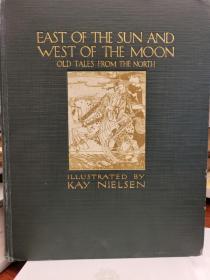
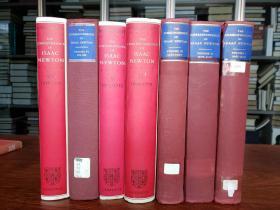

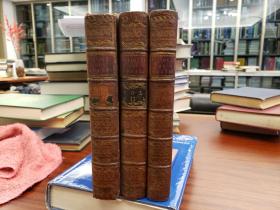
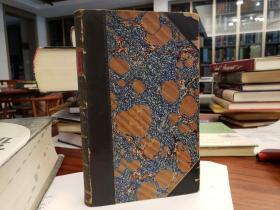
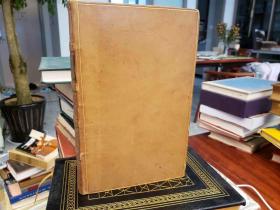



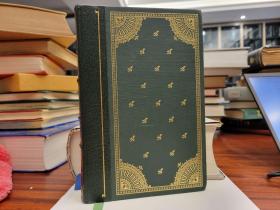

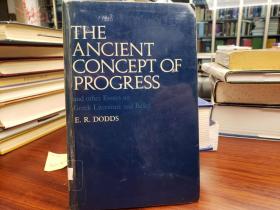
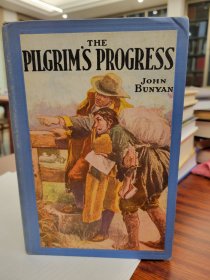
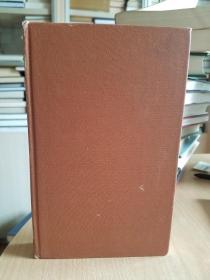


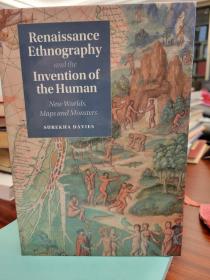
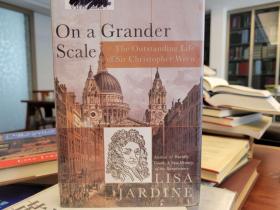

以下为对购买帮助不大的评价